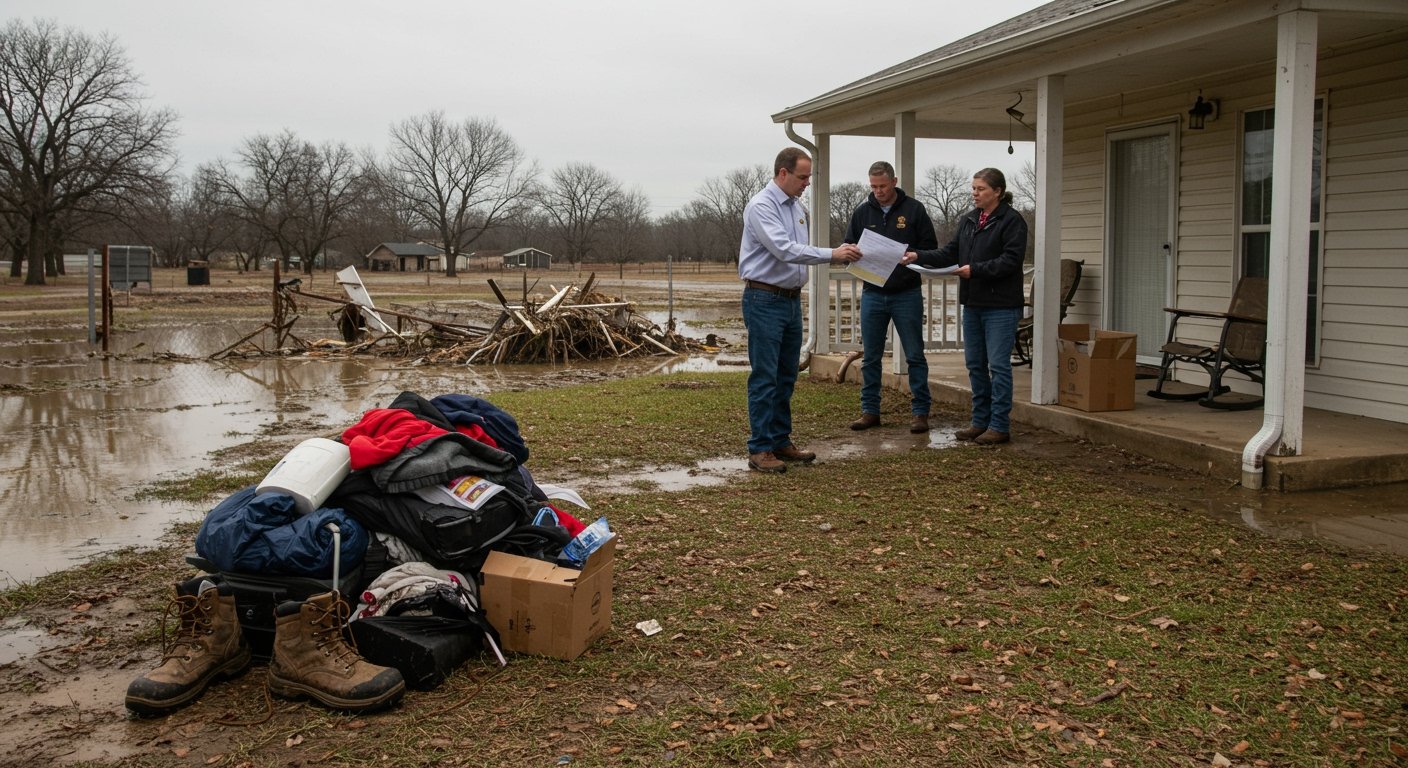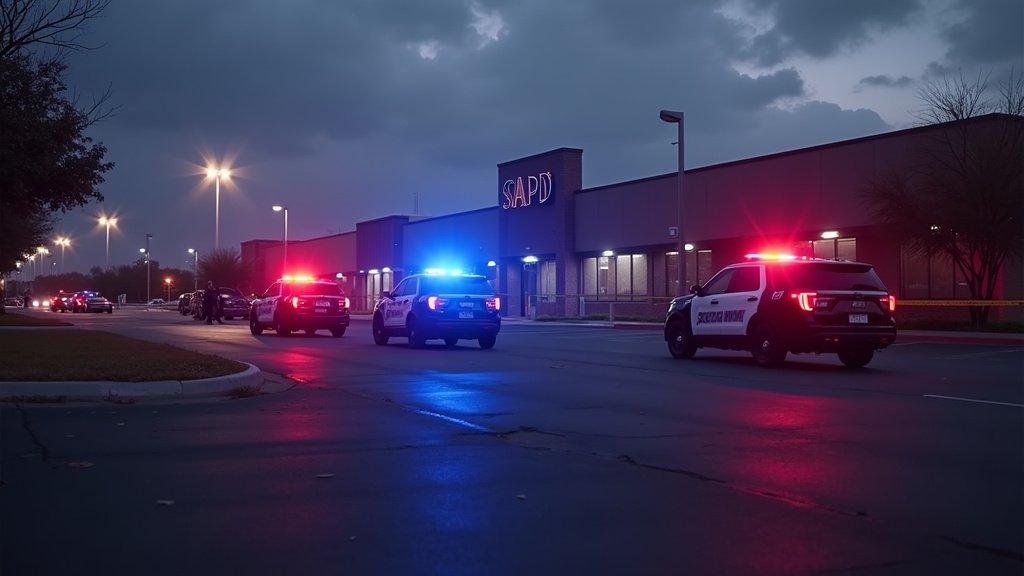WASHINGTON D.C. – The U.S. Small Business Administration (SBA) has announced the immediate availability of low-interest federal disaster loans aimed at providing crucial financial relief to small businesses, residents, and private nonprofit organizations across parts of Texas severely impacted by recent weather events. The declaration follows a period of intense severe storms, straight-line winds, and significant flooding that commenced on July 2, 2025, causing widespread damage and economic disruption in the affected regions.
This vital federal assistance was made possible by a disaster declaration issued by President Donald J. Trump on July 6, 2025, authorizing the SBA to offer its comprehensive disaster loan programs to eligible applicants. The agency is rapidly mobilizing resources to facilitate the recovery process for those facing losses from the devastating July storms.
Understanding the Scope of the Disaster Declaration
The presidential disaster declaration delineates specific geographic areas eligible for different types of SBA assistance. The primary county designated for both physical disaster loans and Economic Injury Disaster Loans (EIDL) is Kerr County. This designation acknowledges the significant physical damage and economic disruption experienced within this central Texas county.
In addition to Kerr County, small businesses and most private nonprofit organizations (PNPs) located in several adjacent counties are eligible for a different, but equally important, form of aid. These counties include Bandera, Edwards, Gillespie, Kendall, Kimble, and Real. Entities within these adjacent areas are eligible specifically for SBA EIDLs, which address economic hardship rather than physical repair or replacement.
Accessing Physical Damage Assistance
For those who suffered direct physical damage to their property, the SBA offers physical disaster loans designed to help repair or replace essential assets. Small businesses and private nonprofit organizations in eligible counties, notably Kerr County, can apply for loans of up to $2 million. These funds can be utilized to cover the costs of repairing or replacing damaged real estate, machinery and equipment, inventory, and other business or organizational assets.
Homeowners whose primary residence sustained damage can also access significant aid, with eligibility for up to $500,000 to fund necessary repairs or the replacement of their damaged home. Furthermore, both homeowners and renters impacted by the storms and flooding can borrow up to $100,000 to replace or repair damaged personal property, including essential belongings that were lost or compromised.
Economic Injury Disaster Loans Explained
The Economic Injury Disaster Loan (EIDL) program serves a distinct but critical purpose. Available to eligible small businesses and most PNPs in both Kerr County and the adjacent counties of Bandera, Edwards, Gillespie, Kendall, Kimble, and Real, EIDLs provide working capital to help overcome temporary financial setbacks caused by the disaster. Unlike physical damage loans which cover rebuilding costs, EIDLs are intended to help meet ordinary and necessary financial obligations that cannot be met due to the disaster’s impact.
These loans can be used for various working capital needs, such as paying fixed debts, meeting payroll obligations, covering accounts payable, and other bills that could have been paid had the disaster not occurred. EIDLs are vital for helping businesses and nonprofits bridge the gap until normal operations and revenue streams can be re-established.
Favorable Terms for Recovery
A key feature of SBA disaster loans is their favorable terms, designed to make repayment manageable during the recovery period. Interest rates offered are significantly lower than conventional loans, reflecting the loans’ purpose as disaster aid. Small businesses can access physical or economic injury loans at rates as low as 4%. Private nonprofit organizations are eligible for rates as low as 3.625%. Homeowners and renters seeking assistance for real estate or personal property damage can secure loans with interest rates as low as 2.813%.
Recognizing the immediate financial strain disasters impose, the SBA offers flexible repayment terms, extending up to 30 years, determined by the borrower’s ability to repay. Furthermore, to provide immediate relief, interest does not begin to accrue, and payments are not due for 12 months from the date of the first loan disbursement. This allows borrowers a crucial year to stabilize their situation before loan repayment begins.
Building Resilience Through Mitigation
In a forward-looking component of the disaster aid program, applicants who have sustained physical damages may also be eligible for an increase in their loan amount for mitigation purposes. Borrowers can potentially receive a loan increase of up to 20% of their verified physical damages. These additional funds are specifically designated to help property owners implement improvements that will protect their homes or businesses from future damage in similar events. Examples might include elevating structures, relocating utilities, or implementing protective barriers, contributing to long-term resilience against natural disasters.
SBA Administrator Highlights Agency Response
SBA Administrator Kelly Loeffler underscored the agency’s commitment to supporting affected communities. “The SBA is mobilizing its resources and personnel to provide the necessary financial assistance and support to help Texas small businesses, residents, and non-profits begin the critical process of recovery and rebuilding,” Loeffler stated. The agency is actively working to ensure that eligible applicants can access the aid efficiently to facilitate their return to normalcy following the disruptive storms and flooding.
Affected individuals and entities are encouraged to explore their eligibility and the application process to leverage this federal assistance designed to support recovery efforts across the declared areas.






